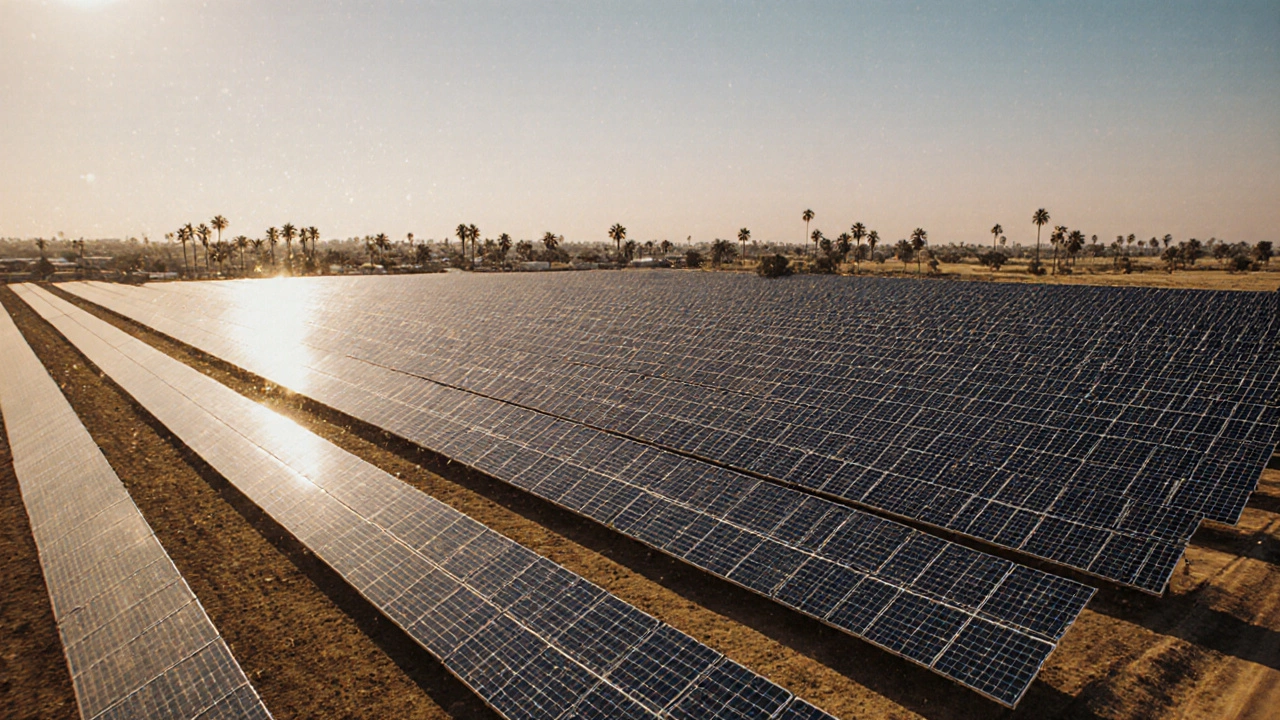Clean Energy Expansion in India: What’s Working and Why It Matters
When we talk about clean energy expansion, the rapid shift from fossil fuels to renewable sources like solar and wind to power homes, factories, and cities. Also known as energy transition, it’s not just about being green—it’s about saving money, creating jobs, and making India’s power supply more reliable. This isn’t a future dream. It’s happening right now, and the numbers don’t lie: solar and wind are cheaper than coal in most parts of India, and they’re growing fast.
At the heart of this shift are two clear winners: solar power, the most widely adopted renewable source in India, thanks to falling panel prices and government incentives, and wind power, the cleanest form of energy by emissions, land use, and lifespan, according to real-world lifecycle studies. These aren’t just alternatives—they’re now the default choice for new power projects. Companies, farms, and even small towns are installing solar panels because it makes financial sense, not because they have to. Wind farms in Tamil Nadu and Gujarat are generating more electricity than many coal plants, and they don’t need constant fuel shipments or emit smoke.
But clean energy expansion isn’t just about hardware. It’s about people, policy, and partnerships. Research shows that technology transfer fails when it’s designed in a lab and dropped into a village without local input. Successful projects connect scientists with communities, train local technicians to maintain systems, and build supply chains that keep things running for years. That’s why public health programs—like vaccination drives or clean water initiatives—offer useful lessons: simple, scalable, and user-centered efforts win. The same applies to solar microgrids or wind turbine maintenance. It’s not enough to install equipment. You need to make sure it lasts.
And the impact goes beyond electricity. Every megawatt of clean energy means fewer coal trucks on the road, less air pollution in Delhi, and fewer deaths from respiratory illness. Wind power alone causes the fewest deaths per unit of electricity compared to coal, oil, or even nuclear. That’s not a guess—it’s data from 2025 safety studies. This isn’t a debate about climate. It’s a matter of public health, economic efficiency, and national security.
What you’ll find below are real stories from across India: how a village in Rajasthan cut its electricity bills by 80% with solar, why biotech firms are using renewable energy to produce biofuels, how data scientists help utilities predict when wind farms will generate the most power, and why policy makers are now treating clean energy like infrastructure—not an option. These aren’t theory pieces. They’re grounded in what’s working, what’s failing, and who’s making it happen.




